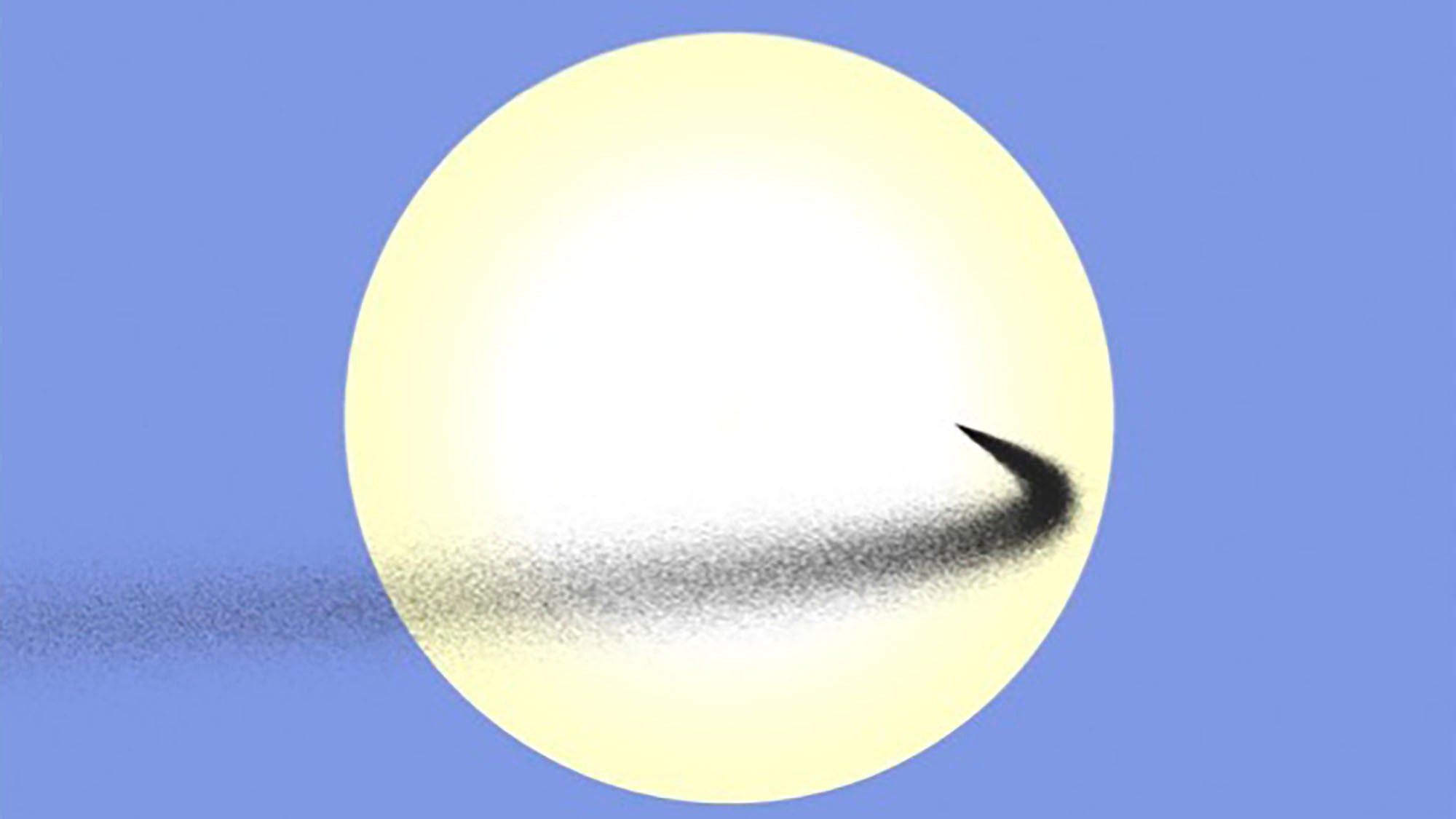Moon dust could save Earth from global warming, scientists say
The dust would work as a shield, blocking out enough of the Sun’s radiation to mitigate the effects of climate change, according to a new paper

Your support helps us to tell the story
From reproductive rights to climate change to Big Tech, The Independent is on the ground when the story is developing. Whether it's investigating the financials of Elon Musk's pro-Trump PAC or producing our latest documentary, 'The A Word', which shines a light on the American women fighting for reproductive rights, we know how important it is to parse out the facts from the messaging.
At such a critical moment in US history, we need reporters on the ground. Your donation allows us to keep sending journalists to speak to both sides of the story.
The Independent is trusted by Americans across the entire political spectrum. And unlike many other quality news outlets, we choose not to lock Americans out of our reporting and analysis with paywalls. We believe quality journalism should be available to everyone, paid for by those who can afford it.
Your support makes all the difference.Space dust that is fired from the Moon could protect humanity from the effects of global warming, scientists have said.
Dust could be fired from the lunar surface into the middle ground between us and the Sun, they suggest. That would work as a shield, blocking out enough of the Sun’s radiation to mitigate the effects of climate change, according to a new paper.
Launching dust from Earth would require huge resources even though it would be the most effective way of shielding the Earth, the scientists say. But it could be much cheaper to use dust from the Moon instead.
Their work simulated the effects of shooting dust from a platform on the Moon towards the Sun. They found that the properties of dust form the lunar surface mean that it works effectively as a sunshield – which is important since so much of it will be required.
“It is amazing to contemplate how moon dust — which took over four billion years to generate — might help slow the rise in the Earth’s temperature, a problem that took us less than 300 years to produce,” says study co-author Scott Kenyon of the Center for Astrophysics.
But other scientists not involved in the work said that while the research to establish the feasibility of the dust was good, it could distract from easier and more immediate ways of protecting humanity.
“Placing moon dust at the gravity mid-point between earth and sun, can indeed reflect heat- with the right particle shape, at the right size, and in exactly the right place,” said Stuart Haszeldine from the University of Edinburgh. “But this is like trying to balance marbles on a football, within a week most dust has spun out of stable orbit.
“Which is why there is no natural dust accumulation at this astronomical point. There are easier methods to decrease heating of the earth, and humans should now be enacting those to repair climate.”
And Joanna Haigh, emeritus professor of atmospheric physics at Imperial College London, warned that the “carefully considered” and “robust” research might justify inaction. “Perhaps the main problem, however, is the suggestion that implementation of such schemes will solve the climate crisis whereas it just gives the polluters an excuse not to act,” she said.
The findings are described in a newly published paper, ‘Dust as a solar shield’, in the journal PLOS Climate.
Even the scientists involved admit that the research might not work, and stress that their work was interested in how the strategy might work rather than whether it was actually feasible.
“We aren’t experts in climate change, or the rocket science needed to move mass from one place to the other. We’re just exploring different kinds of dust on a variety of orbits to see how effective this approach might be. We do not want to miss a game changer for such a critical problem,” said Ben Bromley, professor of physics and astronomy at the University of Utah and lead author for the study.
One potential problem of the plan is that the dust needs replenishing every few days, because the Sun’s radiation pushes it through the solar system and disperses it. But the researchers note that would also mean that the sunshield is temporary, and wouldn’t fall to Earth or fully block out the Sun, avoiding a dystopian scenario where Earth becomes permanently cold and inhabitable.



Join our commenting forum
Join thought-provoking conversations, follow other Independent readers and see their replies
Comments